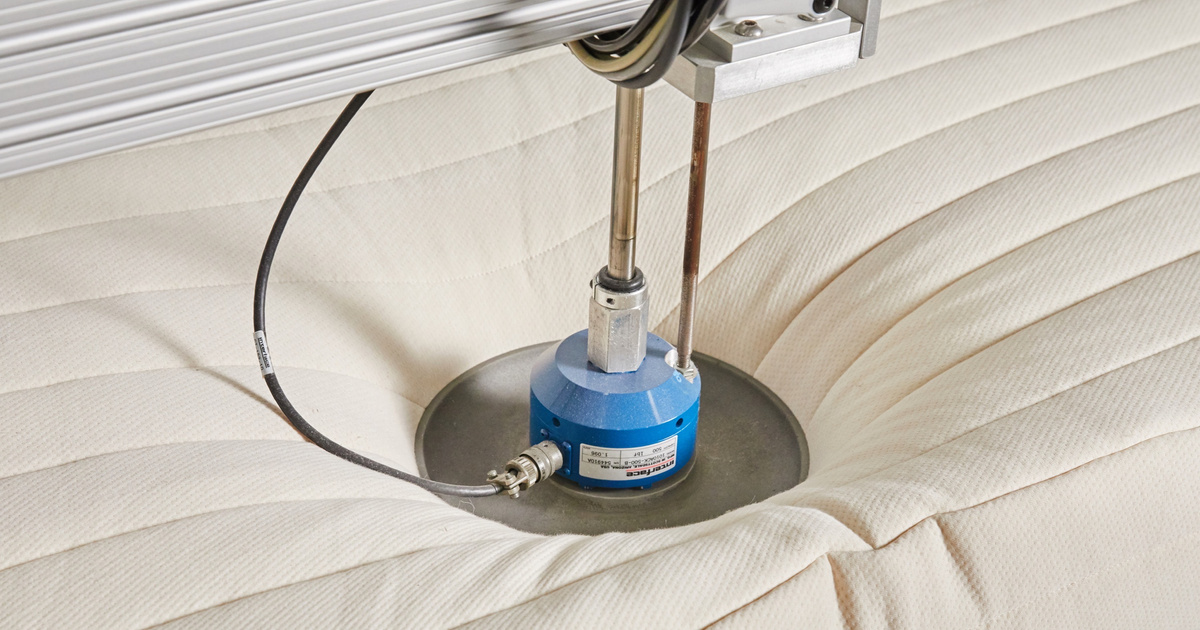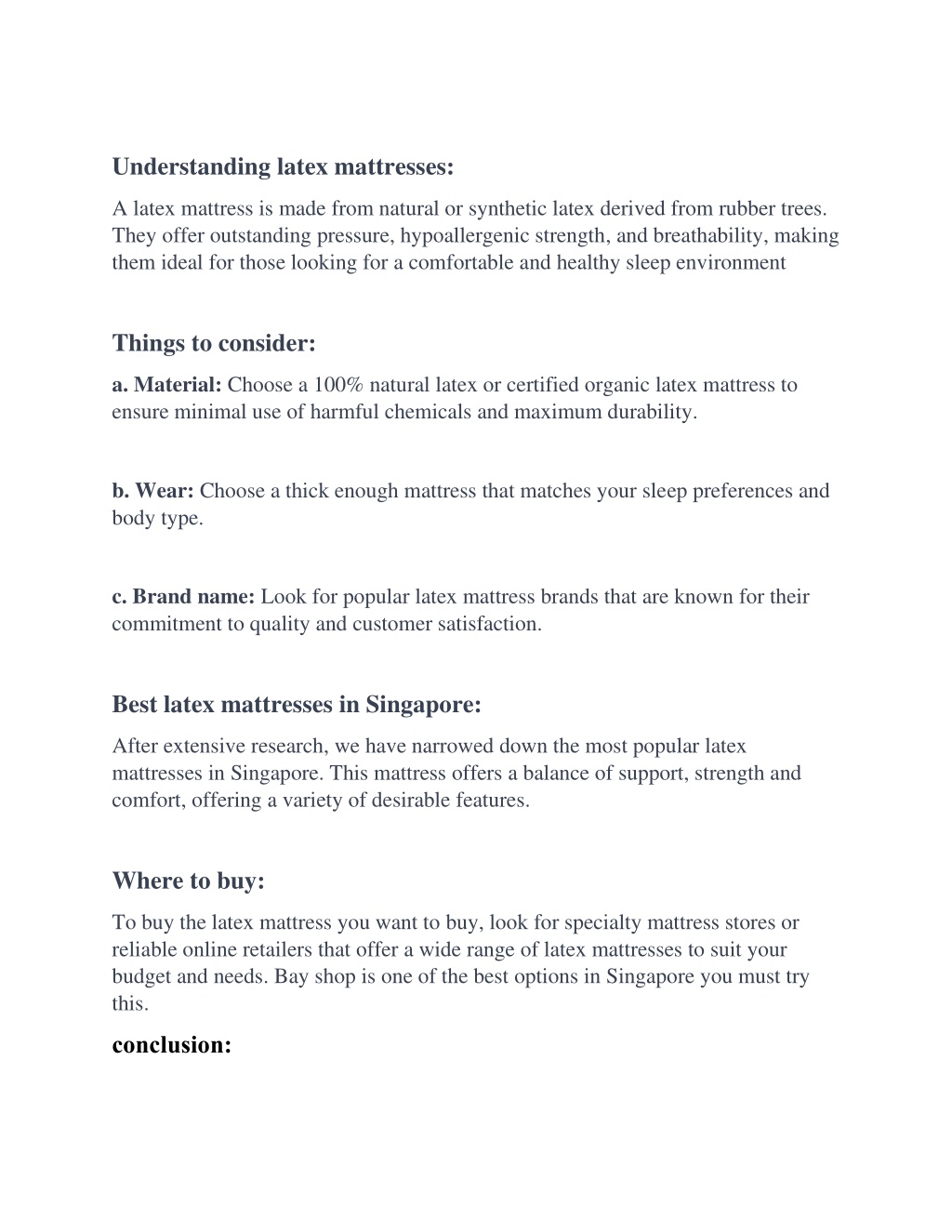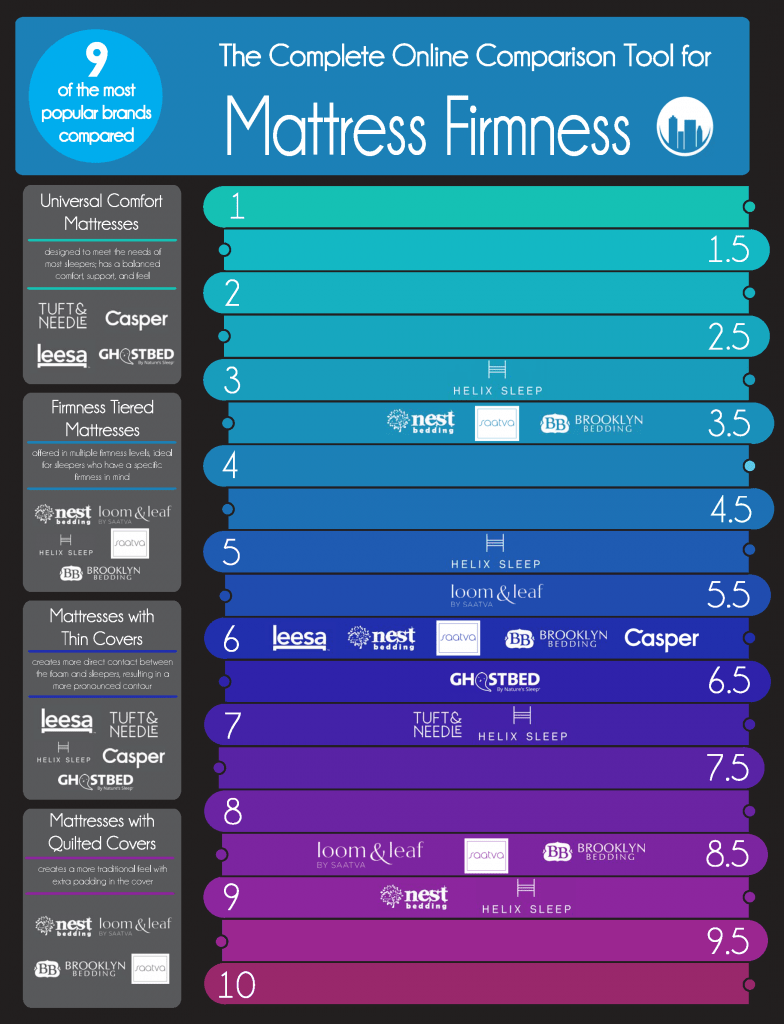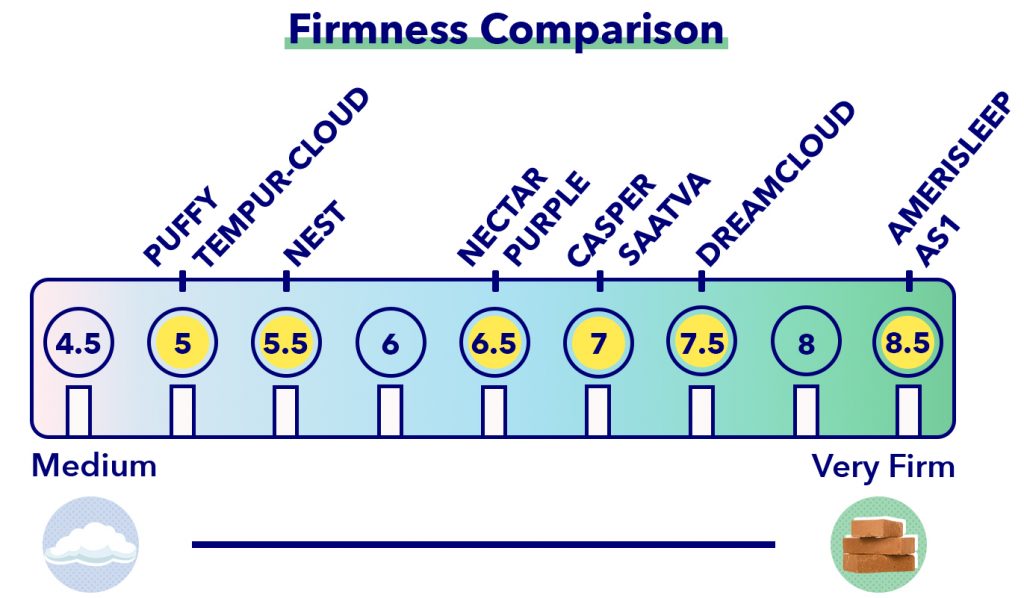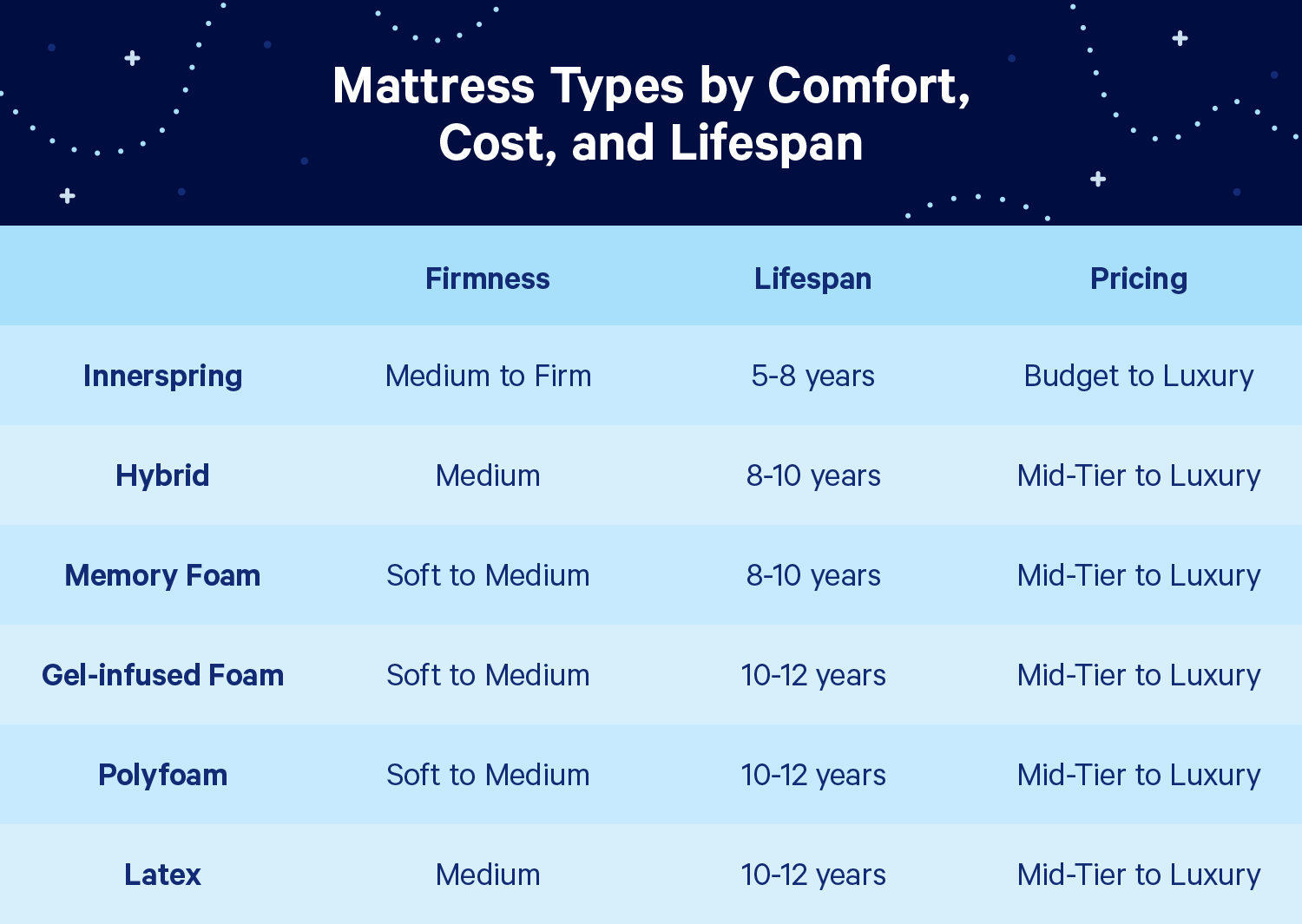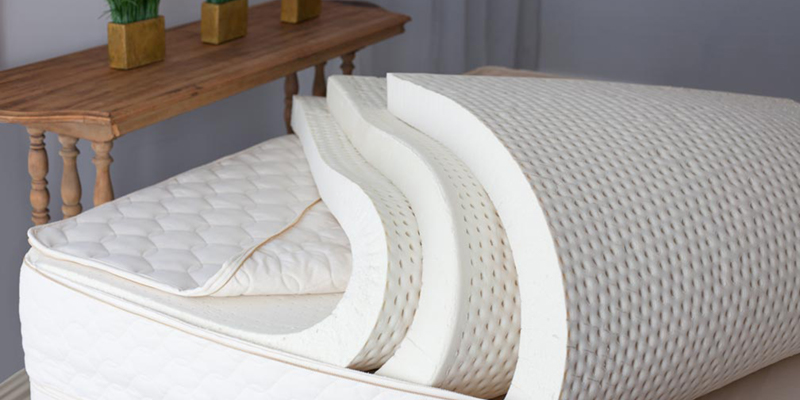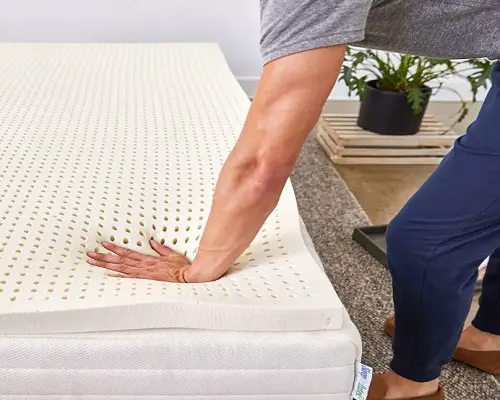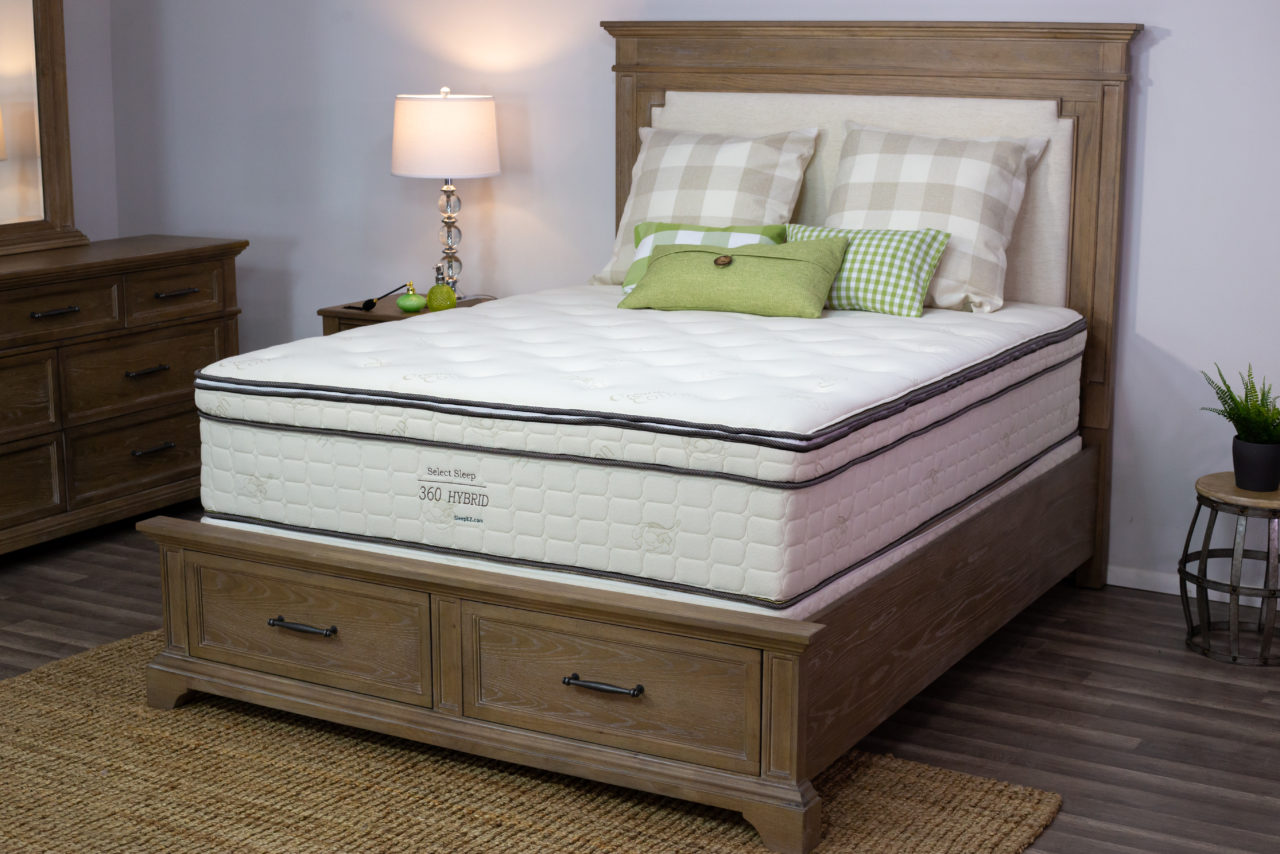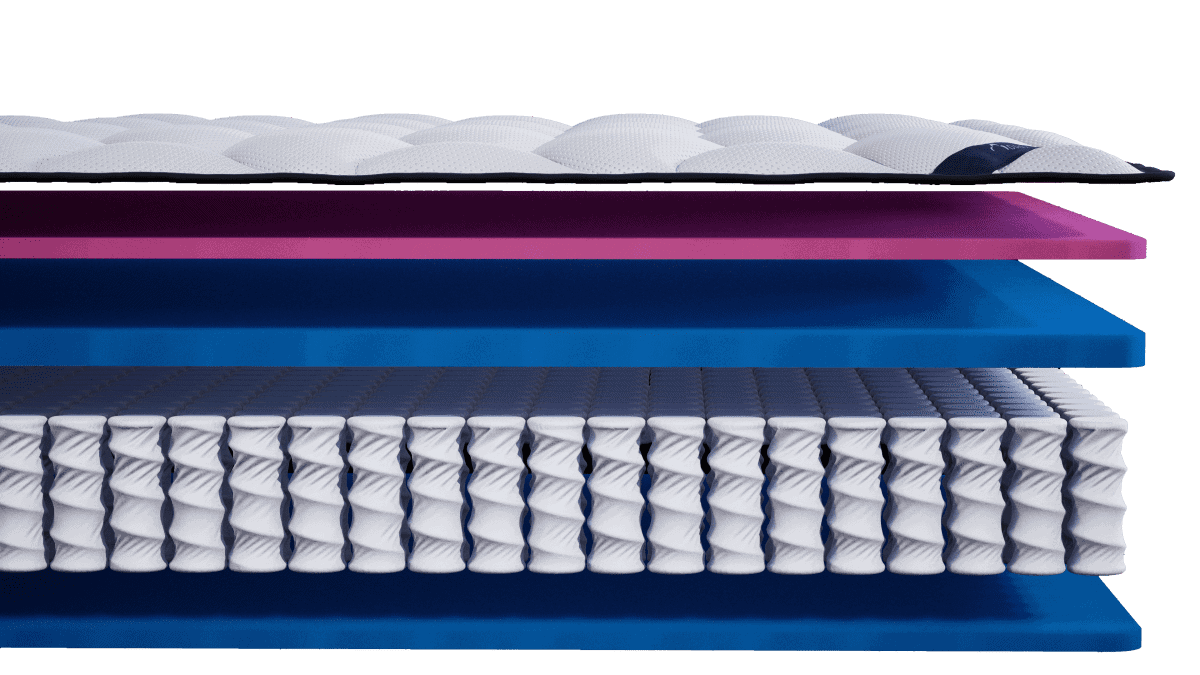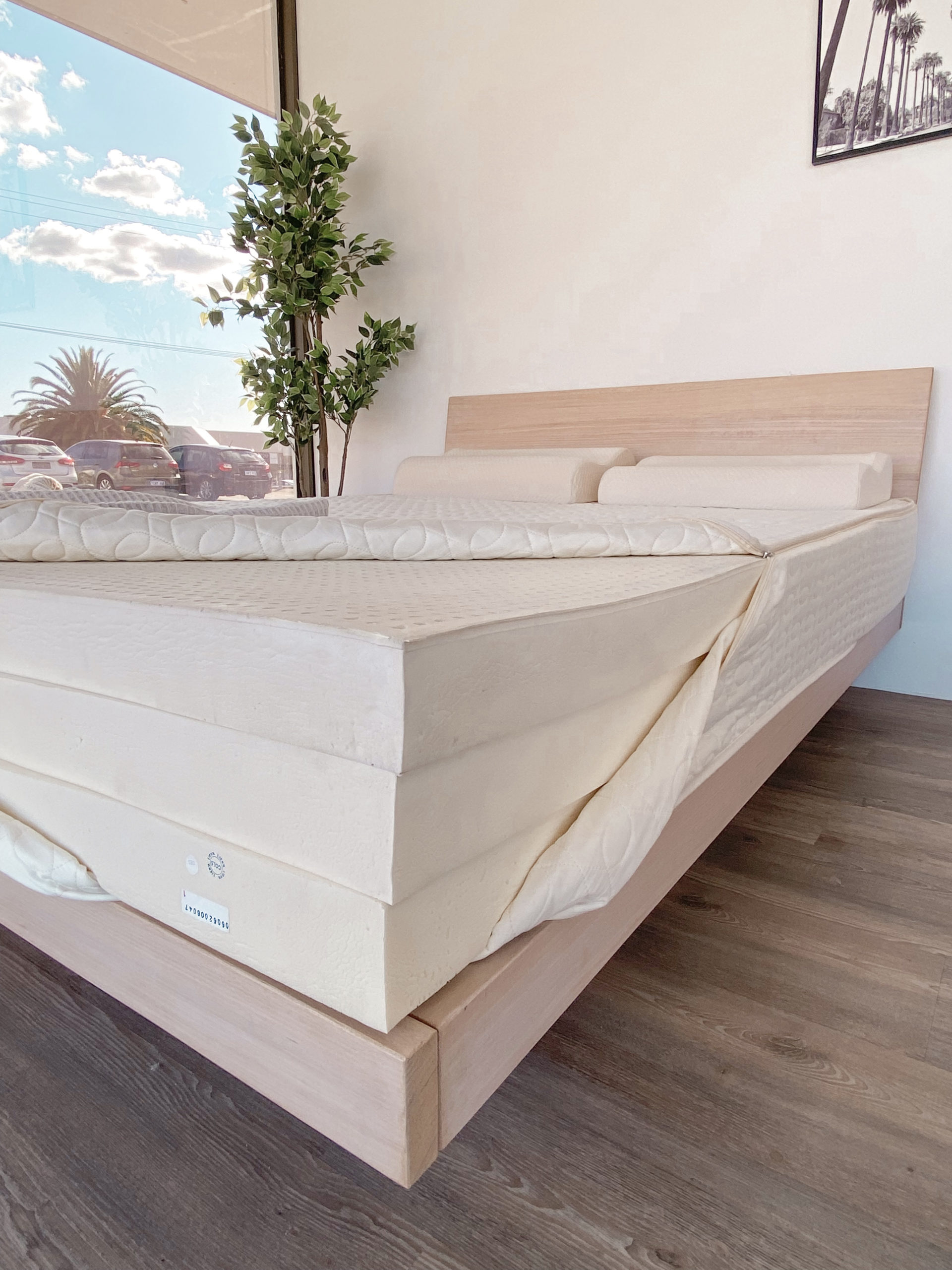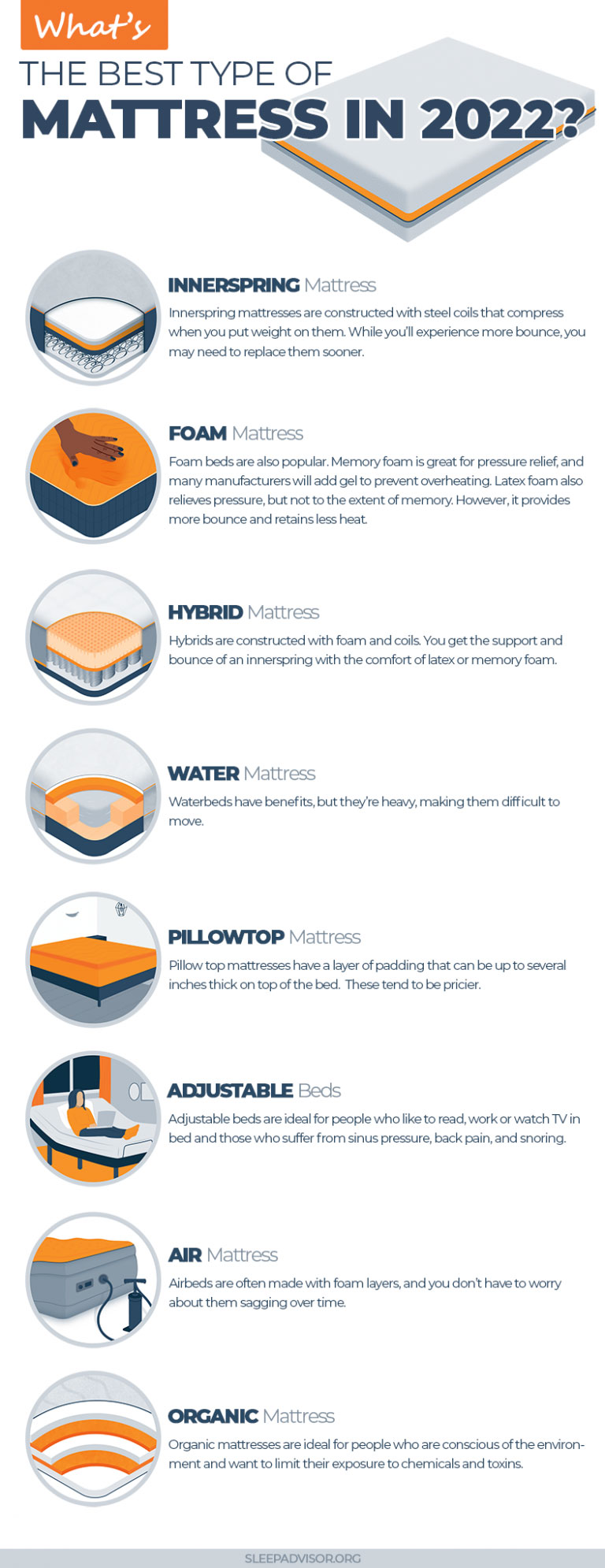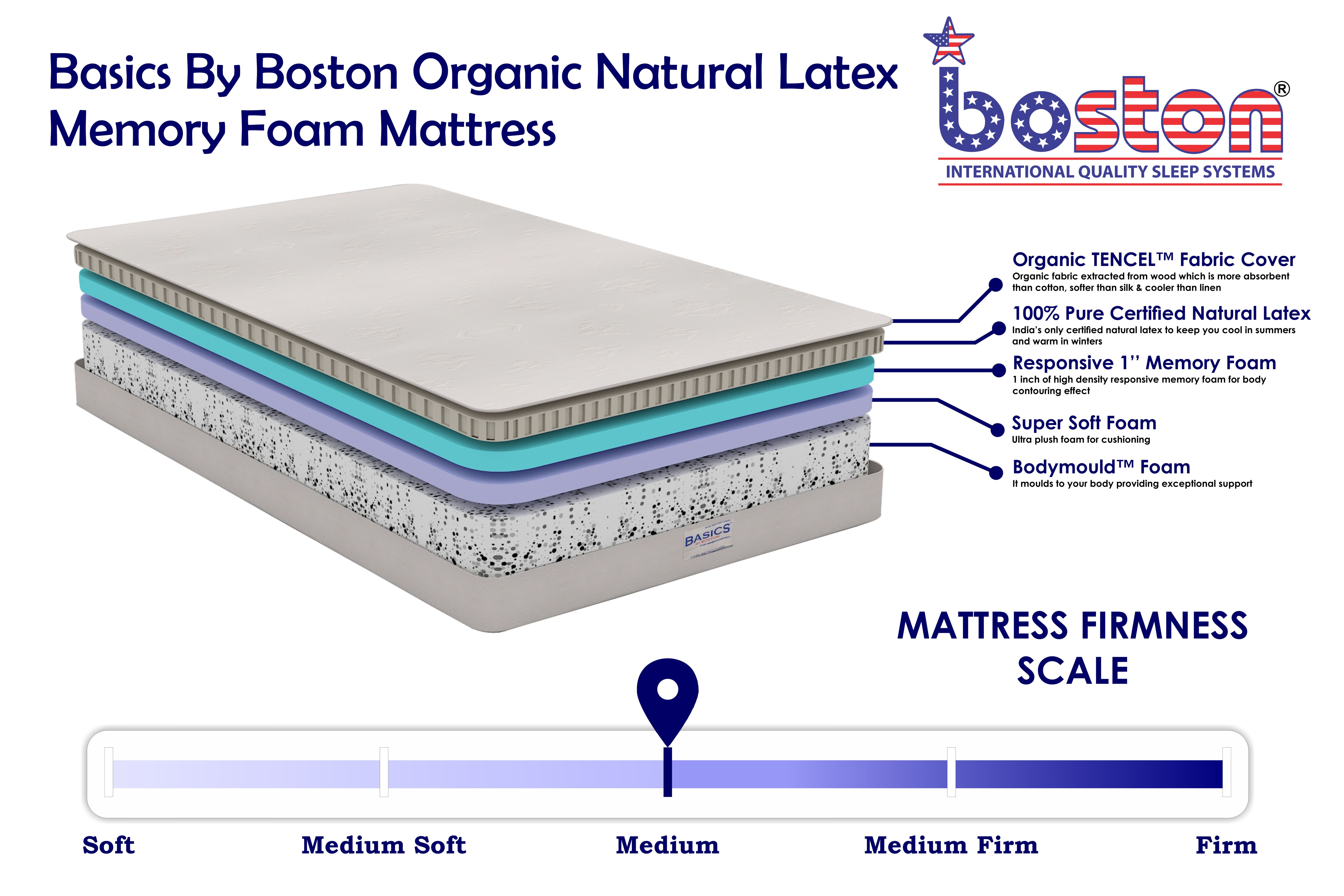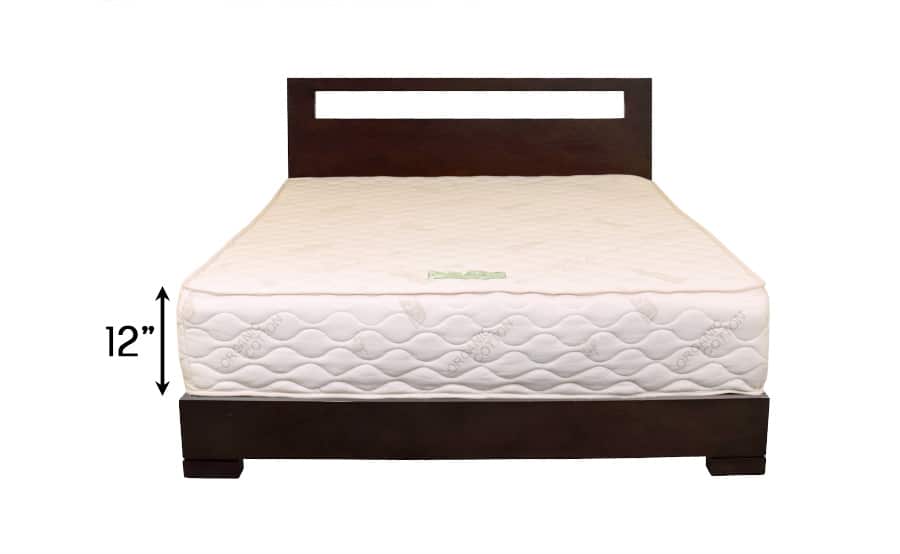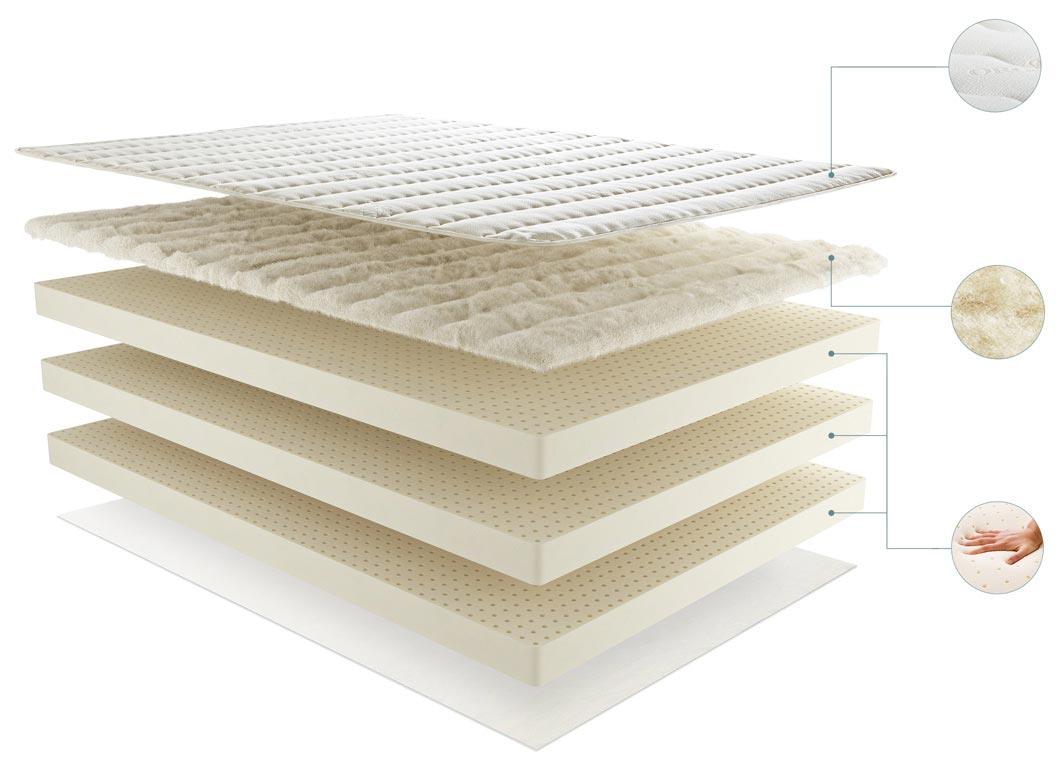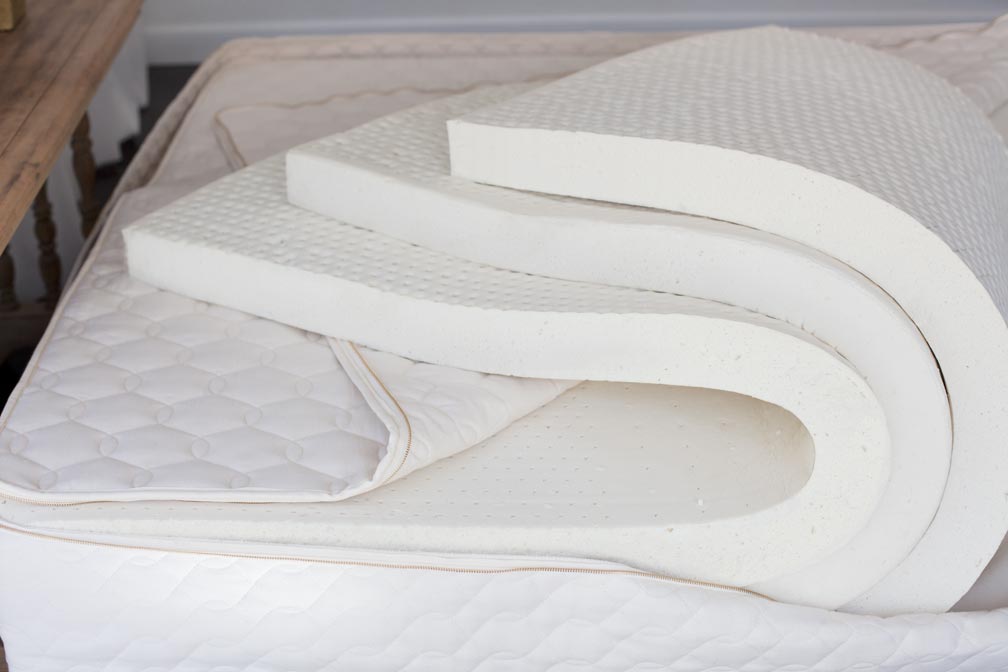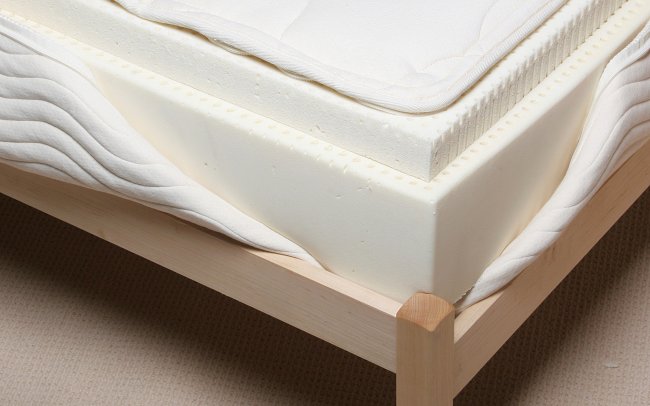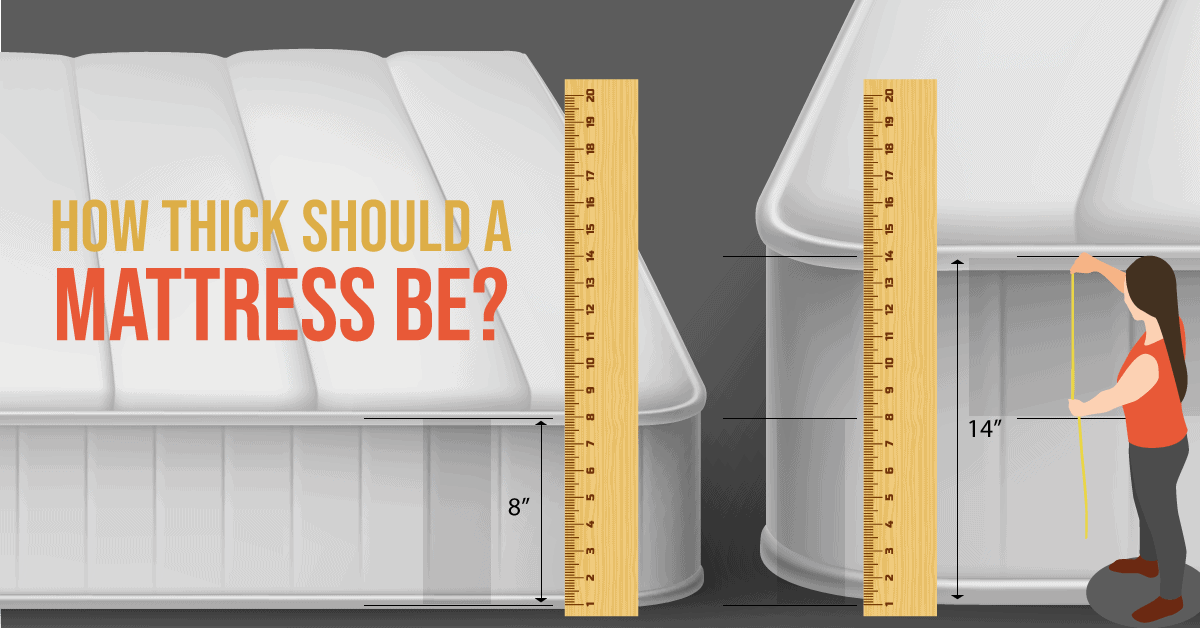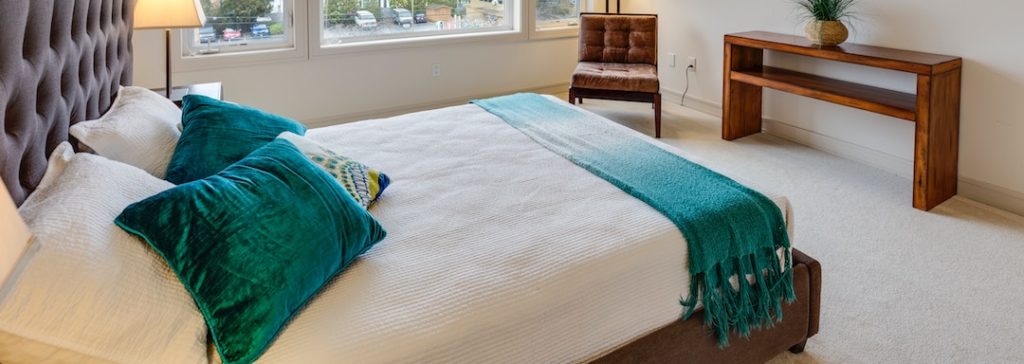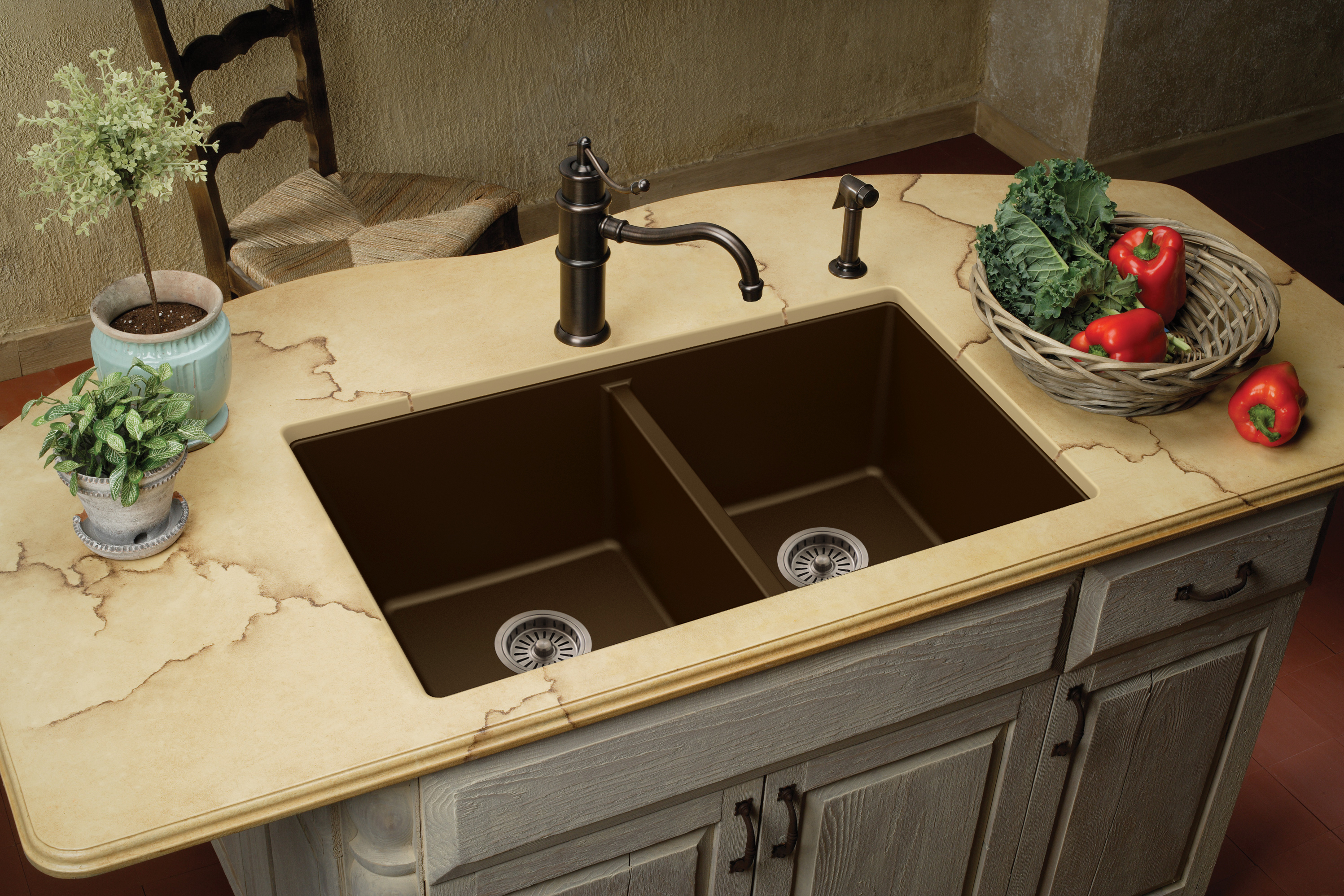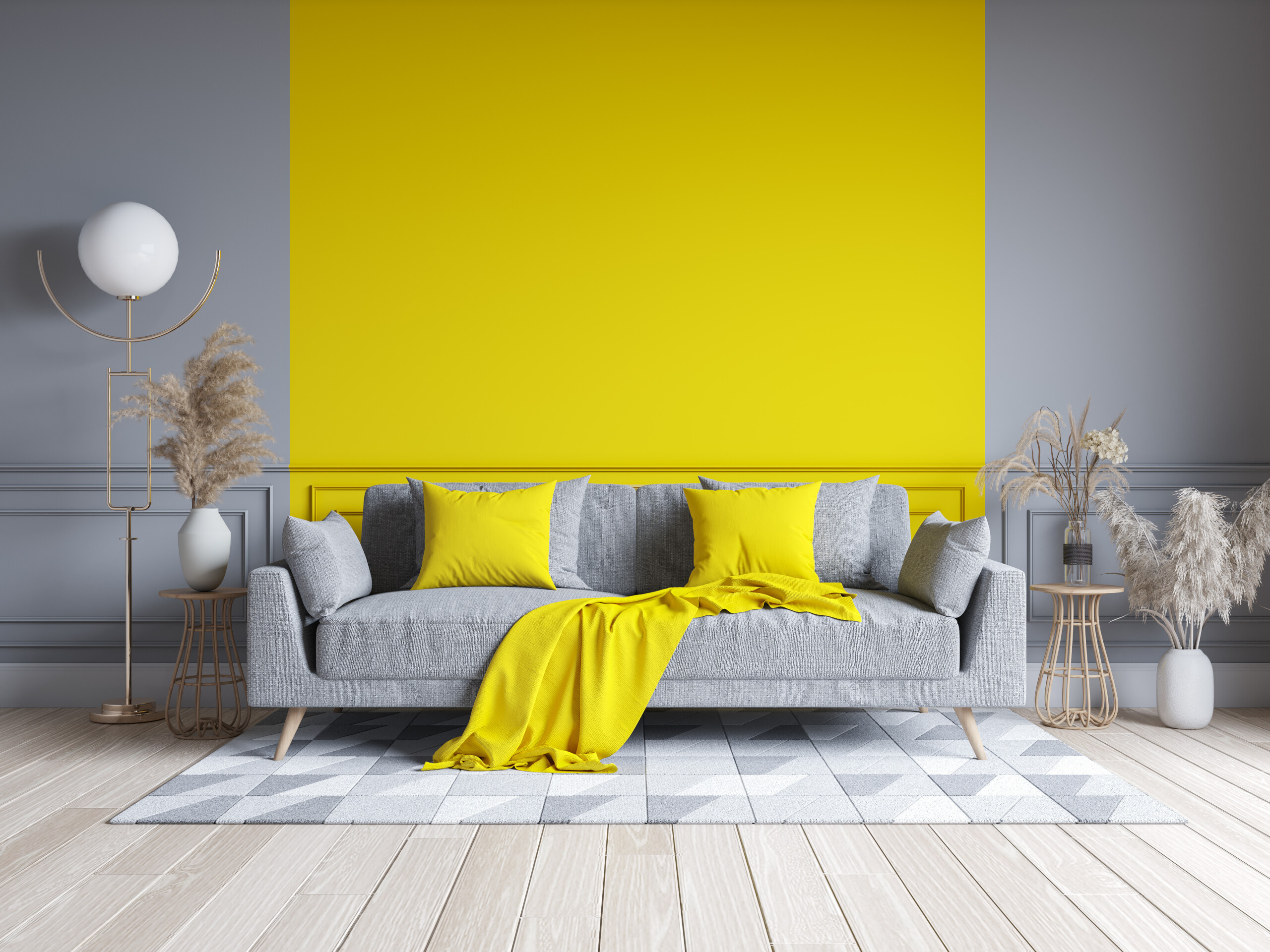If you're considering building your own latex mattress, you may have come across the term ILD, which stands for Indentation Load Deflection. This measurement is used to determine the firmness of a latex foam layer and can greatly impact the comfort and support of your DIY mattress. But how do you know which ILD thickness is right for your needs? Here's everything you need to know about DIY latex mattress layer ILD thickness.DIY Latex Mattress Layer ILD Thickness: What You Need to Know
When it comes to choosing the right ILD for your DIY latex mattress, there are a few factors to consider. The first is your preferred level of firmness. ILD ratings typically range from 14-50, with lower numbers indicating a softer feel and higher numbers indicating a firmer feel. So, if you prefer a plush, sink-in feeling, you may want to opt for a lower ILD. If you prefer a firmer, more supportive feel, a higher ILD may be the way to go. Another factor to consider is your body weight. Heavier individuals may need a higher ILD to provide enough support, while lighter individuals may be comfortable with a lower ILD. Additionally, if you have any specific health concerns or preferences, such as back pain or a desire for extra cushioning, these should also be taken into account when choosing your ILD.How to Choose the Right ILD for Your DIY Latex Mattress
ILD is just one factor that determines the overall firmness of a latex mattress. The type of latex used, the thickness of the layer, and the layer's placement within the mattress can also impact the feel of the mattress. For example, a thicker layer of latex will generally feel softer than a thinner layer with the same ILD rating. Similarly, a top layer of latex will feel softer than a bottom layer with the same ILD rating. It's also important to note that ILD ratings are not standardized across all manufacturers, so one brand's ILD 25 may feel different than another brand's ILD 25. This is why it's important to test out different ILD ratings before making a decision.Understanding ILD and Firmness in Latex Mattresses
When it comes to support, a higher ILD is generally recommended. This is because a firmer layer will provide more resistance and prevent your body from sinking too deeply into the mattress. However, support is also dependent on the overall construction of the mattress and the placement of the layers. A supportive base layer with a lower ILD can still provide adequate support when paired with a top layer with a higher ILD. If you have specific areas of the body that require extra support, such as your lower back or shoulders, you may want to consider using a higher ILD in those specific areas. This can be achieved by layering different ILD ratings in a targeted manner within your DIY mattress.DIY Latex Mattress Layers: Which ILD is Best for Support?
Measuring ILD can be a bit tricky for DIY mattress builders, as it typically requires specialized equipment. However, there are some DIY methods you can try, such as using a bathroom scale to measure how much weight is needed to compress a certain area of latex foam by one inch. Keep in mind that these methods may not be as accurate as professional testing, but they can still give you a general idea of the ILD. Alternatively, you can also ask the manufacturer of your latex foam for the ILD rating of their product. This is often the easiest and most accurate way to determine the ILD of your foam layers.How to Measure ILD for Your DIY Latex Mattress Layers
ILD is an important factor to consider in DIY latex mattress construction because it can greatly impact the overall feel and performance of your mattress. A layer with the wrong ILD can result in a mattress that's too firm or too soft, leading to discomfort and poor sleep quality. By choosing the right ILD for your needs and preferences, you can ensure that your DIY latex mattress is comfortable and supportive.The Importance of ILD in DIY Latex Mattress Construction
In addition to ILD, the thickness of your latex foam layers also plays a crucial role in the feel and performance of your mattress. Generally, thicker layers will feel softer and more cushioning, while thinner layers will feel firmer and more supportive. However, this can vary depending on the type of latex used and its ILD rating. When choosing the thickness of your layers, it's important to consider the overall height of your mattress, the placement of the layers, and how each layer will interact with the others. A good rule of thumb is to have a thicker top layer for more comfort and a thicker bottom layer for more support.Choosing the Right Thickness for Your DIY Latex Mattress Layers
For those looking to compare different ILD ratings, there are many resources available, including ILD charts provided by latex foam manufacturers. These charts can give you an idea of how different ILD ratings may feel and help you make a more informed decision when choosing the right ILD for your DIY mattress. It's important to keep in mind that these charts are not standardized, so the feel of a certain ILD may differ between brands. It's always best to test out different ILD ratings before making a final decision.DIY Latex Mattress Layer ILD Chart: Comparing Different ILD Ratings
One of the great things about building your own latex mattress is the ability to customize it to your exact needs and preferences. This includes choosing the ILD and thickness of each layer. By experimenting with different combinations, you can create a mattress that provides the perfect balance of comfort and support for your body. If you're unsure about which ILD and thickness to use, consider consulting with a professional or reaching out to the manufacturer for guidance. They can help you determine the best options based on your specific needs and budget.How to Customize ILD and Thickness for Your DIY Latex Mattress
When it comes to building a DIY latex mattress, there are a few tips to keep in mind when selecting the right ILD and thickness for your layers:Tips for Building a DIY Latex Mattress with the Perfect ILD and Thickness
How to Choose the Right ILD Thickness for Your DIY Latex Mattress Layer
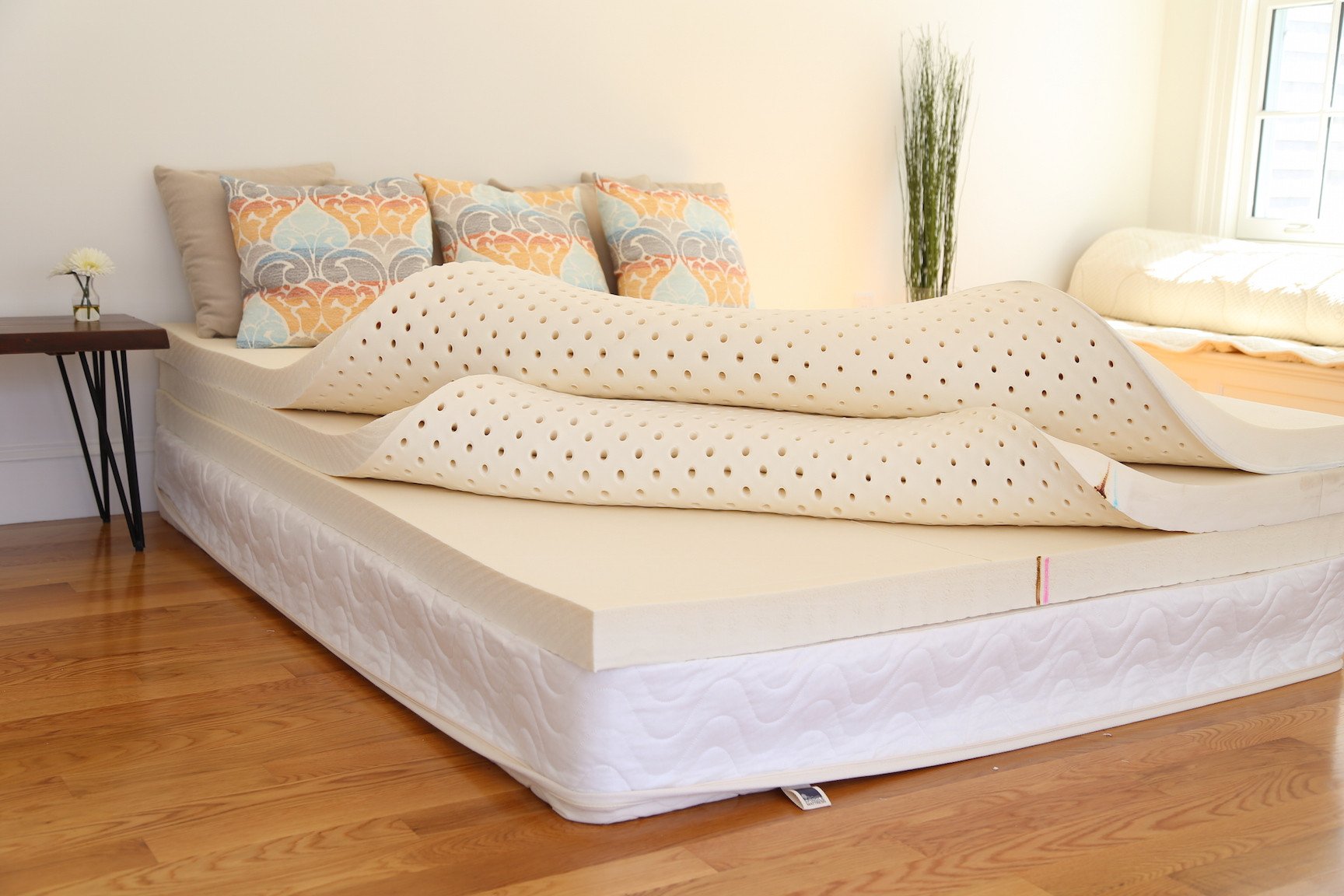
The Importance of ILD Thickness
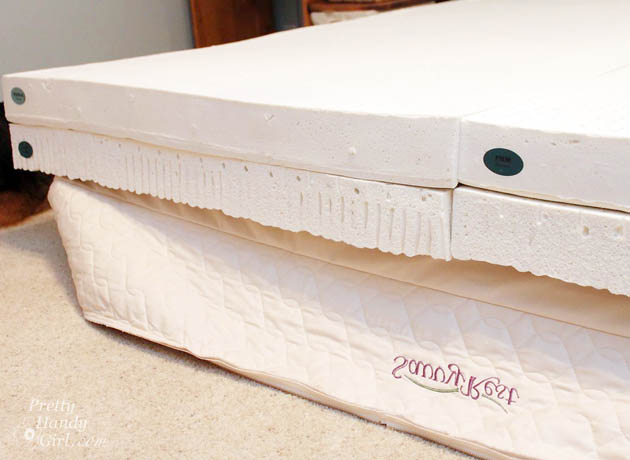 When it comes to creating your own
latex mattress
, there are several factors to consider to ensure maximum comfort and support. One of the most important factors is the
ILD (Indentation Load Deflection) thickness
of the latex layer. This refers to the amount of pressure required to compress the latex foam by a certain percentage.
ILD thickness
is crucial in determining the overall feel and support of your mattress.
When it comes to creating your own
latex mattress
, there are several factors to consider to ensure maximum comfort and support. One of the most important factors is the
ILD (Indentation Load Deflection) thickness
of the latex layer. This refers to the amount of pressure required to compress the latex foam by a certain percentage.
ILD thickness
is crucial in determining the overall feel and support of your mattress.
How to Measure ILD Thickness
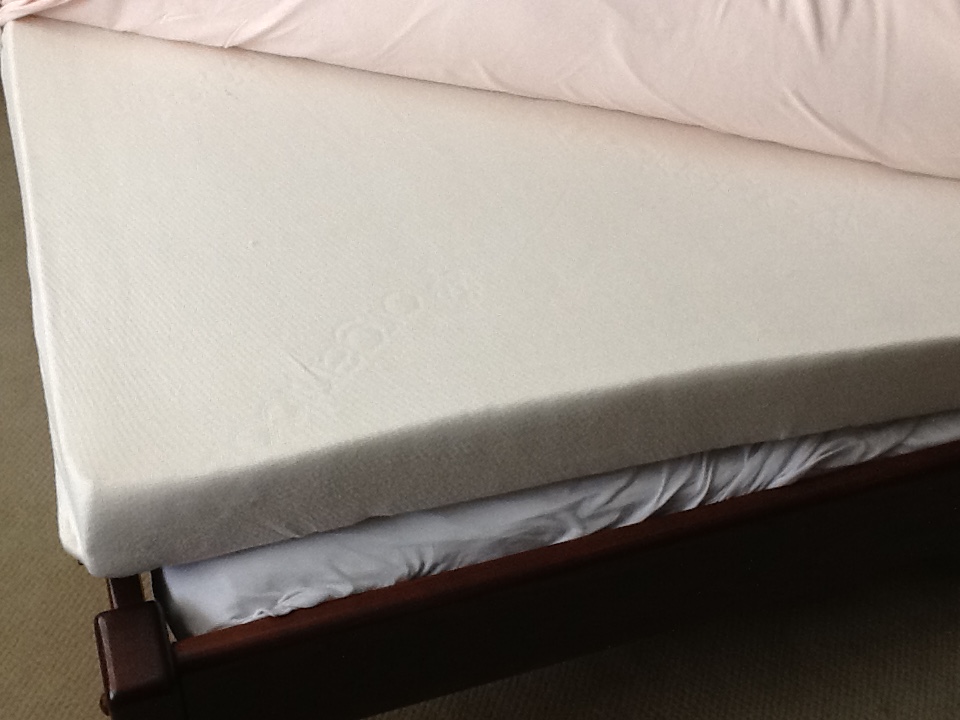 ILD thickness
is measured in pounds and ranges from 10-50, with 10 being the softest and 50 being the firmest. The most common
ILD thickness
for a mattress is between 20-30, providing a good balance of comfort and support. However, the ideal
ILD thickness
for your DIY latex mattress will depend on your personal preferences and sleeping style.
ILD thickness
is measured in pounds and ranges from 10-50, with 10 being the softest and 50 being the firmest. The most common
ILD thickness
for a mattress is between 20-30, providing a good balance of comfort and support. However, the ideal
ILD thickness
for your DIY latex mattress will depend on your personal preferences and sleeping style.
Choosing the Right ILD Thickness
 When choosing the
ILD thickness
for your DIY latex mattress, consider your body weight and sleeping position. If you are a side sleeper, a softer
ILD thickness
of 20-25 may be more suitable to relieve pressure points and provide proper spinal alignment. For back or stomach sleepers, a firmer
ILD thickness
of 28-32 may be better for proper support. If you are a combination sleeper, a medium
ILD thickness
of 25-30 would be a good choice.
When choosing the
ILD thickness
for your DIY latex mattress, consider your body weight and sleeping position. If you are a side sleeper, a softer
ILD thickness
of 20-25 may be more suitable to relieve pressure points and provide proper spinal alignment. For back or stomach sleepers, a firmer
ILD thickness
of 28-32 may be better for proper support. If you are a combination sleeper, a medium
ILD thickness
of 25-30 would be a good choice.
Customizing ILD Thickness
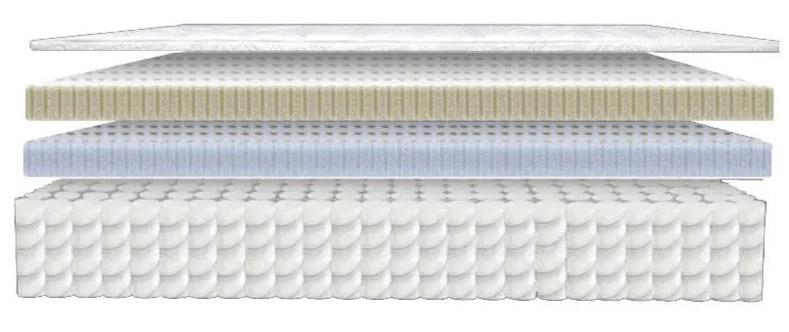 One of the advantages of creating your own DIY latex mattress is the ability to customize the
ILD thickness
to suit your specific needs. If you are heavier, you may want to opt for a higher
ILD thickness
to provide better support. If you prefer a softer feel, you can choose a lower
ILD thickness
. You can also layer different
ILD thicknesses
to create a unique and personalized mattress.
One of the advantages of creating your own DIY latex mattress is the ability to customize the
ILD thickness
to suit your specific needs. If you are heavier, you may want to opt for a higher
ILD thickness
to provide better support. If you prefer a softer feel, you can choose a lower
ILD thickness
. You can also layer different
ILD thicknesses
to create a unique and personalized mattress.
In Conclusion
 When it comes to creating your own DIY latex mattress, the
ILD thickness
of the latex layer is a crucial factor in determining its comfort and support. Consider your body weight and sleeping style, and don't be afraid to customize the
ILD thickness
to create the perfect mattress for you. With the right
ILD thickness
, you can enjoy a comfortable and restful night's sleep on your DIY latex mattress.
When it comes to creating your own DIY latex mattress, the
ILD thickness
of the latex layer is a crucial factor in determining its comfort and support. Consider your body weight and sleeping style, and don't be afraid to customize the
ILD thickness
to create the perfect mattress for you. With the right
ILD thickness
, you can enjoy a comfortable and restful night's sleep on your DIY latex mattress.




